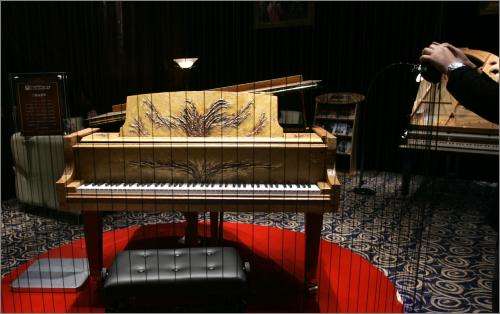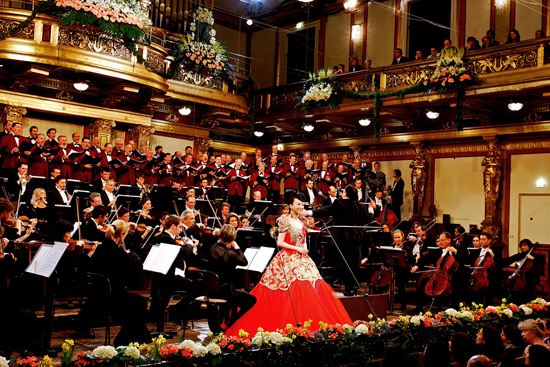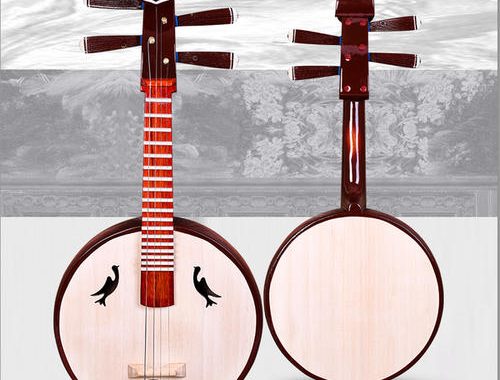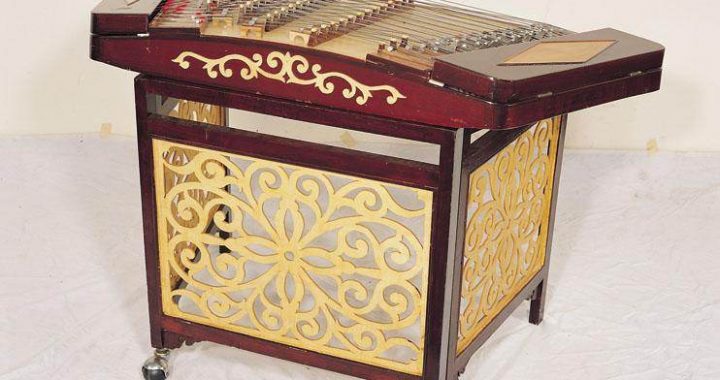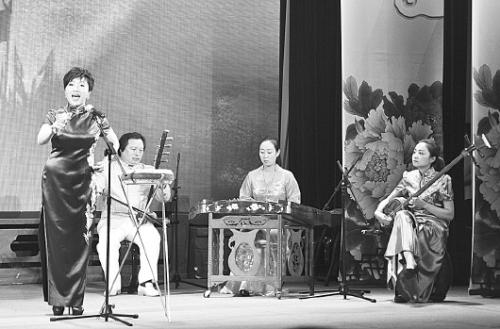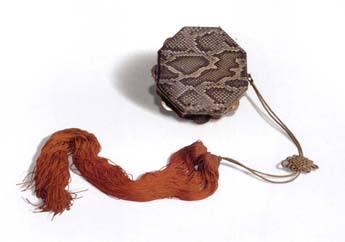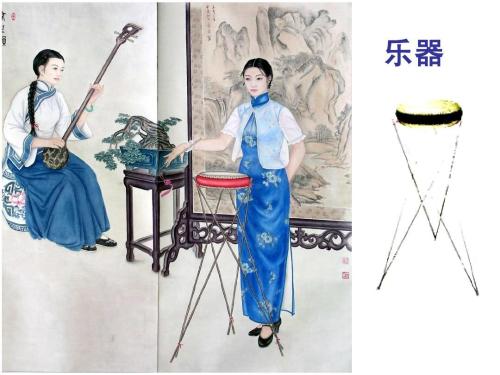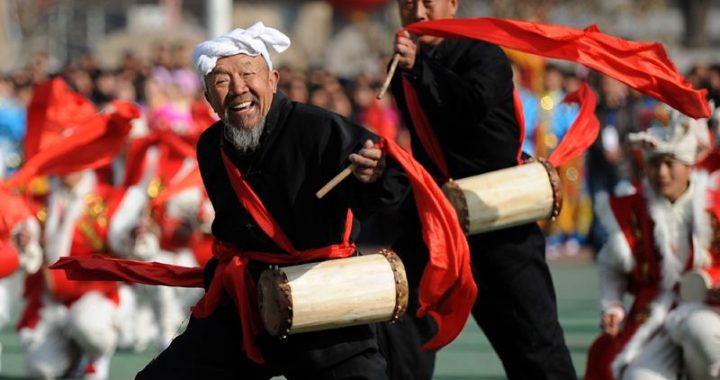Designs onjunzhong (bell tuner)
3 min readfrom the tomb of Marquis Yi of Zeng The qin, an ancient Chinese plucked string instrument, has a history dating back more than 3000 years.
The ten-string qin was popular during the Spring and Autumn and Warring States periods. The ten-string qin excavated from the tomb of Marquis Yi of Zeng is the only example of this instrument found to date.
Constructed entirely of wood and coated with black lacquer, it was still pristine and gleaming when taken from the earth.
Ten-string qin from the tomb of Marquis Yi of Zeng
Chinese bronze musical instruments reached the pinnacle of development during the Zhou Dynasty(1046-2 56 BC), illuminating the ancient world with their brilliance and shining through to the present day.

Palace pageantry: musical instruments in Han Dynasty engravings The Han Dynasty (202 BC-220 AD), which followed the Shang and Zhou dynasties of the Bronze Age, was another important period of Chinese history. The nobility of the Han Dynasty practiced opulent funerary rites, constructing huge and imposing stone tombs which they decorated with stone carvings of scenes from their luxurious palaces, or imaginary images of Heaven based on their real lives. These depictions,known as Han tomb engravings, offer many graphic images of the musical life of the Han Dynasty. Numer-ous Han tomb engravings have been discovered, located primarily in Nanyang, Henan Province; Jiaxiang and Tengzhou in Shandong Province; Xuzhou, Jiangsu Province, and Chengdu, Sichuan Province.
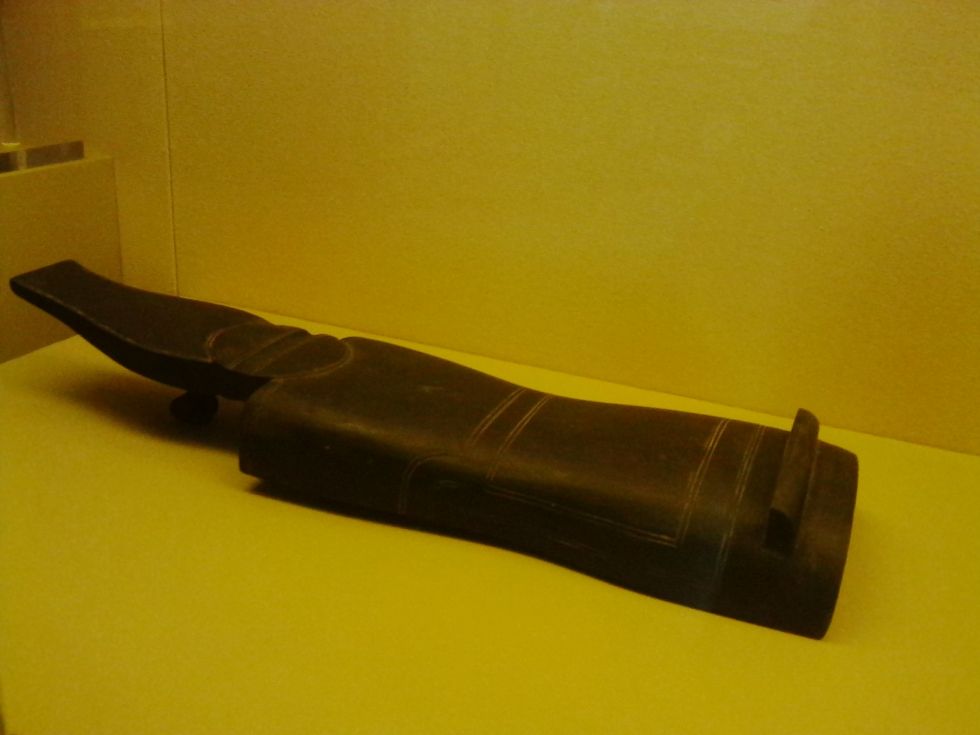
Engraving of the “Hundred Entertainments” from Yinan, Shandong Province Han tomb engravings supplanted pen and ink drawings with carving on stone, an exacting and extremely durable art form. The carved designs were often further decorated with colored pigments. Engravings from Western Han Dynasty (202 BC-9 AD) tombs often depict people expelling demons and ascending to Heaven. By the time of the Eastern Han Dynasty (25-220 AD), these were gradually replaced by scenes of the temporal power and influence of the deceased, including magnificent processions of horses, carts,standard bearers, and servants, as well as depictions of their palace life. Rare birds and auspicious animals,trees and pavilions, and stories of immortals and historical figures were also popular subjects, as were portrayals of musical activities. Grand entertainments were common occurrences in the palaces of the no-bility. At these events, musical ensembles not only offered instrumental performances, but also provided accompaniment to various dance, acrobatic, and theater pieces. Among these entertainments were song and dance pieces, such asjiangu drumming and dancing, “Dance of the Seven Basins,” and “Long Sleeves Dance;” acrobatic acts, such as ropewalking, ball juggling, and handstands; athletic competitions such as sword-swallowing and wrestling; magic acts such as “Fish-Dragon Procession;” and dramatic perfor-mances such as Huanggong of the Donghai Sea. It is apparent that the graphic representations of musical activities found in Han tomb engravings are much more expressive and realistic than the brief textual descriptions found in the historical records of the time. An engraving of the “Hundred Entertainments,”

found in Yinan, Shandong Province, is the most well-known portrayal of a Han Dynasty musical event. In it may be seen numerous musical instruments, includingjiangu drums, bianzhong (tuned bells), bianqing (tuned chimes), taogu (drum-shaped rattle), paixiao (panpipes), xun (ocarina), sheng (reed pipes), Xiao (end-blown flute), and se (25-string zither).
